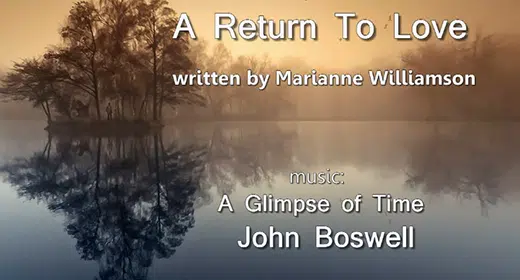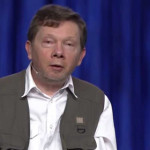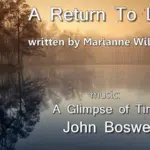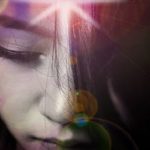by Roshi Joan Halifax: I began practicing with Roshi Bernie Glassman and Jishu Angyo Holmes almost 25 years ago…

When both of these wonderful people emphasized the importance of the Five Buddha Families Mandala system with me, I realized that intuitively, I had set in place a similar integrated approach to life and practice at Upaya for our residents. Over the past two decades, the Five Buddha Families have informed how we structure resident life at Upaya, through contemplative practice, study, community, livelihood, and service.
First, there is the Buddha Family, or our spiritual practice. For our residents, meditation practice is the very foundation of everything that happens at Upaya. It is the very heart of Upaya. We offer residents and our extended sangha three periods of meditation daily, three month-long practice periods, five or six sesshins a year, zazenkais, and half-day sitting practice programs.
The Vajra Family, representing study, focuses on intellectual development. At Upaya, we concentrate not only on Buddhist and Zen studies, but also the importance of Western science and psychology. We are fortunate to have eminent scientists teaching at Upaya, including neuroscientists and physicists. We are also blessed to have Dogen and other Buddhist scholars, including John Dunne and Sensei Kazuaki Tanahashi, on our faculty.
Then there’s the Padma Family. This is associated with our community life and the arts. Our residents are at the very center of our global community. Their practice is an example to the thousands of people who come to Upaya, and their service makes it possible for our larger family to be woven into the mandala. Moreover, their service is an example of what it is to live with strength and heart in a community and to live according to the precepts, that is to cherish each other, and to be respectful. Upaya is a very warm-hearted place; whether you are a resident, a guest, a member of the extended sangha, or on the staff, we are one family. We also have thousands of community members who relate to us through our podcasts and the various forms of outreach that we do through my teaching schedule. Our community is intimate, but also global. Arts are also represented by the Padma family, and residents explore the arts, including calligraphy, poetry (haiku), and writing practice.
The Ratna Family represents our livelihood. Upaya has a livelihood related to our educational and retreat programs. The residents engage in and support this form of right livelihood. This model also provides an opportunity for us to share the dharma and to engage with a global community that in turn helps to support Upaya. The Ratna Family is also the resource of this very place. Upaya’s beautiful environment includes the food we make for people which we have become so well known for, our beautiful gardens, and the buildings. Residents learn to deeply appreciate beauty as a resource for the human spirit.
Finally, the Karma Family is our service to others. This includes every person who comes through our temple doors. We also have service programs for the vulnerable, including dying and grieving people, those who are incarcerated, and those who are unsheltered. As well, we serve Rohingya refugees in Nepal and Himalayan peoples living in remote areas where there is no health care. Residents have the opportunity to serve meals or offer meditation in the homeless shelters here in Santa Fe. And we train health care providers and chaplains as part of our Karma Family work. Sometimes residents have gone with me to Nepal to serve in the Nomads Clinic. And all the teachings about how to serve the world are available to residents.
The Five Buddha Families Mandala is an integrated vision that Upaya offers to our residents as a path of practice, learning, and service. Each family is an emanation of a Buddha quality. Upaya endeavors to cultivate these precious qualities in our residents, through an integrated approach to contemplative practice, education, community, right livelihood, and service.




















































